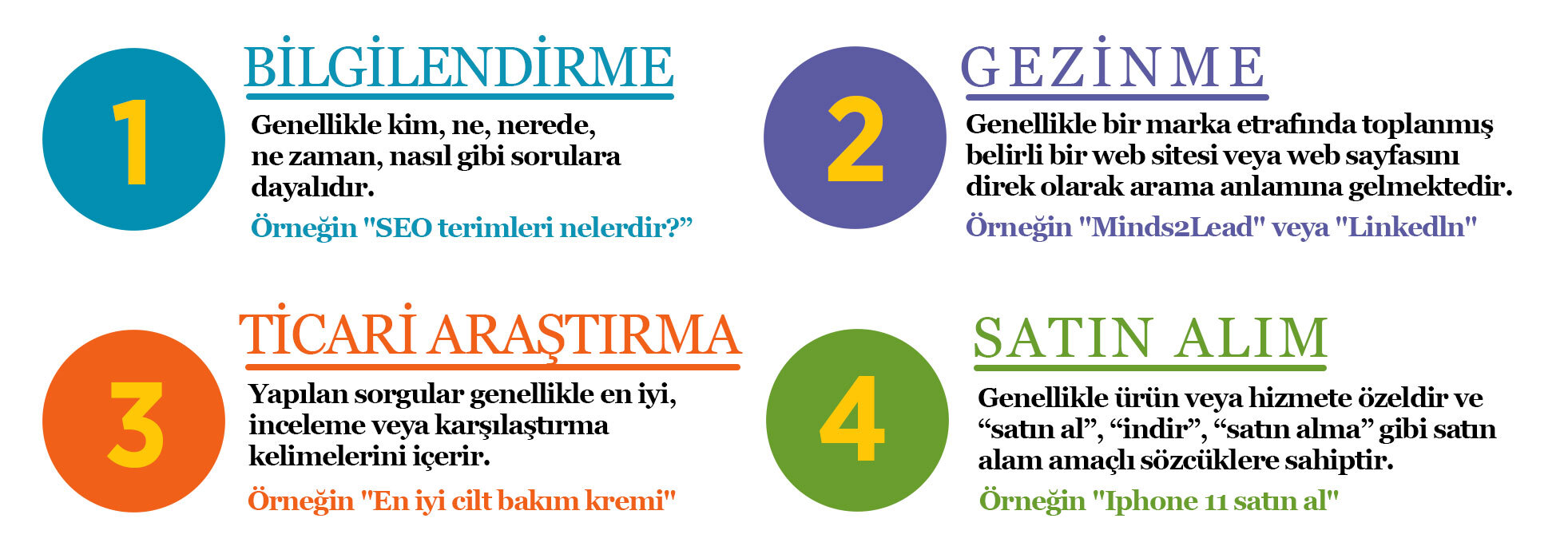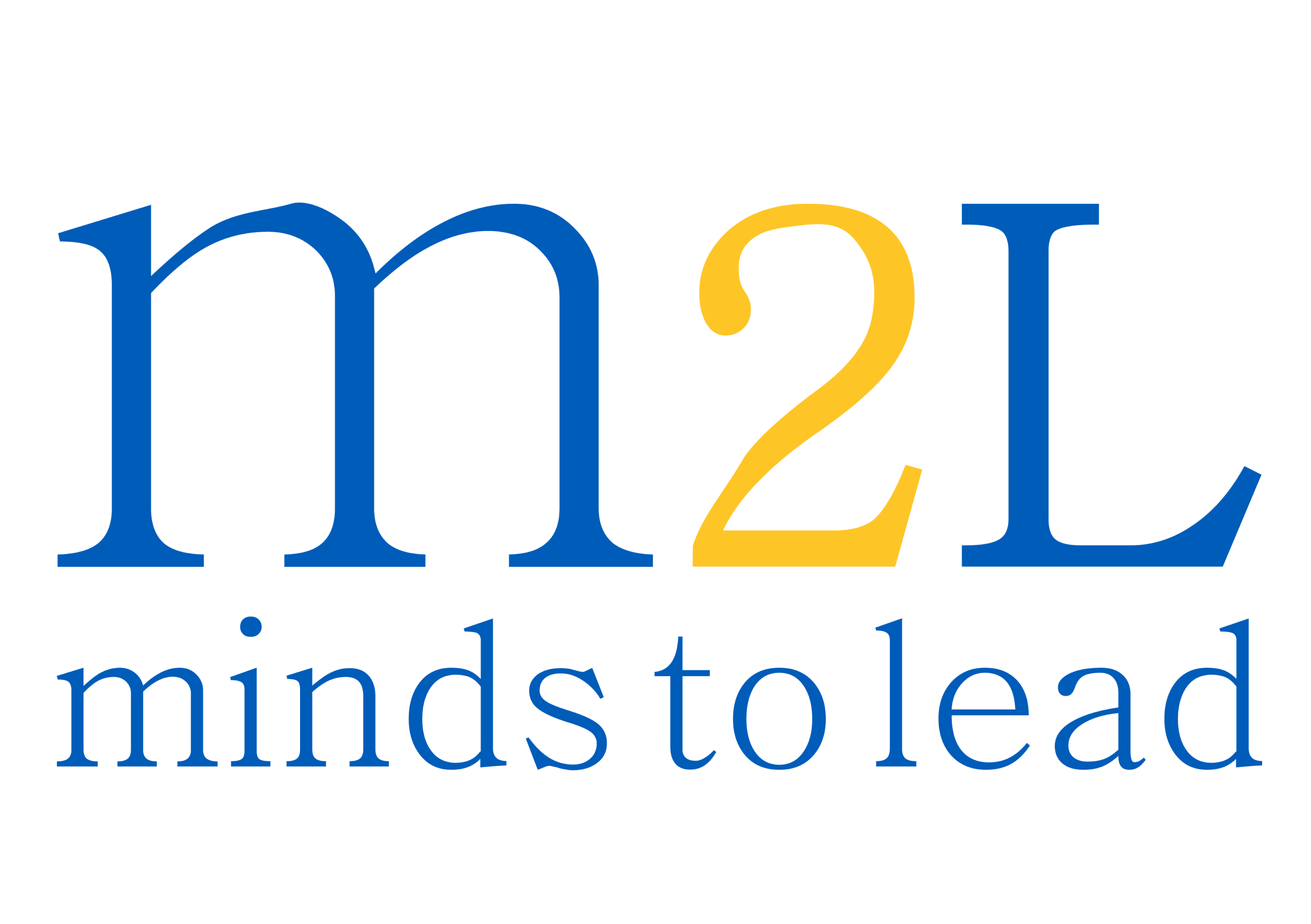User search intent can be defined as the main reason why the user searches in the search engine. In other words, the underlying reason for the user to perform the search and the result he/she wants to encounter can be explained as the user search intention.
Let’s provide a better understanding of the concept with an example; When a user types “Pharmacy” in the search engine, the result they want to see is not pharmacy information; It is the nearest pharmacy. This is where User Search Intent comes into play. There is a User Search Intent factor in understanding the user’s actual search reason and ranking the most relevant result for that search at the top.
Sites that best respond to the user’s searches and offer the most optimal and fastest user experience rank at the top of search queries.
Why is User Search Intent Important?

The first purpose of search engines is to find the most appropriate answer to the questions the user is looking for. Users visit websites where they can easily find the answer they are looking for and have the answers most relevant to their search. Search engines know these needs and behaviors of users. Therefore, it identifies the underlying causes of users’ search queries and therefore shows websites that are compatible in the top positions. For these reasons, User Search Intent is very important for SEO and websites.
The correct understanding of the search intent of the user searching through the search engine and the presentation of the answer in accordance with this intention as the easiest, fastest and user-friendly have a role in the ranking success of a website.
In order to rank in any search engine, especially Google, and to ensure that users visit the site again, it is necessary to detect user search intent and produce content suitable for this intention. It is necessary to produce content for the user, not for the search engine. Instead of ranking high in their searches, it is the most logical strategy to produce content that is suitable for the user to visit the page, spend more time on the page and the user’s search intent. For these reasons, it is very important to have a good understanding of user search intent.
For example; You have performed a search query such as “Computer prices”. What features would you like the sites to be on? Probably your answer will be to have sites that show computer prices and that open quickly and contain detailed information, if possible by comparing prices between sites.
You may revisit websites that meet your expectations or show a close result. One of the factors that affect your site to rank high in any search engine is to produce User Search Intent quality content, to ensure that the user visits the site again and again and provides an excellent user experience.
What are User Search Intent Types?

It is divided into 4 as informational, navigational, transactional (purchasing), commercial investigation. Let’s take a quick look at the types of user search intents.
Informational
Users included in this group prefer sites that provide informative answers to their queries in search results. The answer to questions in informational search queries can be one-word and simple, or it can be an article written for pages. What is user’s digital marketing? The answer he wants to get in the search query made in the style of ” is what digital marketing is and how it is done. Google search engine, users’ what is it? Knowing the main purpose of performing a search query in the form of “”, he created snippets that provide answers for the search query.
In addition, the user’s hosting of answers to other queries related to the search query is of great benefit in increasing the quality of the content. “Users asked this too. Creating content that includes the answers to the search queries specified as “” provides an advantage to rank higher. Regardless of characters such as length and shortness, the content that gives the most appropriate answer to the search query takes place in the first place.
Example: Who is Tarkan?, How to make Tarhana soup?, Çanakkale, What is SEO?
Navigational
In navigational-oriented search queries, users perform searches to reach a clear goal. Navigational search queries occur because users do not remember the URL of the target website or avoid typing the URL. Since these search queries usually include companies, businesses or brands, the search queries that search engines conclude most easily belong to this group.
Example: LinkedIn, Minds2Lead, Minds2Lead SEO
Transactional
Users in the transactional search intent group make their search queries to make a purchase. They make the purchase by predetermining the product they want to buy.
In this search query, users use search terms for the product or the site that sells the product.
Example: Buy SEO training, Cheapest Iphone X, Order water
Commercial Investigation
Users included in the commercial investigation search intent group make their search queries for information before making a purchase. Usually, the last step when deciding on a product or service is to make a search query. Search queries for price comparison or comparison of a product with a different product are made by users belonging to this group.
Example: Best sunscreen, Samsung vs Iphone, best hotel in Çanakkale.
Conclusion
All content produced must match the intent of your audience and the terms that all other users are searching for. While it is necessary to produce informative content for users who want to access information, you should direct users who want to buy your product or service to the sales page. If you want to gain a position in search engines and take a long time, you should realize the purpose of the users who make search queries and produce content for this purpose. Users’ search intentions are constantly changing. For this reason, content should be presented by analyzing the search purposes thoroughly.


